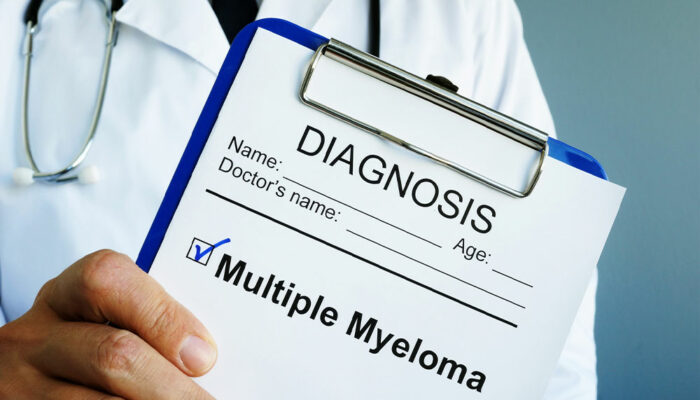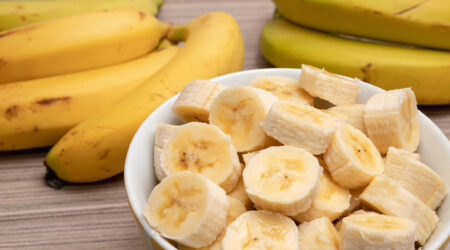
Macular Degeneration – Safe and Unhealthy Foods
When it comes to vision health, conditions like macular degeneration must be taken seriously. Nearly 20 million people in the country are believed to be living with this condition. If left unchecked, this chronic eye disorder can trigger vision problems and may lead to blindness sometimes. However, by making changes to one’s nutritional regime, one can delay its symptoms. Listed below are some safe foods and unhealthy foods to avoid while dealing with macular degeneration. Macular Generation Macular degeneration is a severe eye condition that affects the retina’s central part, called the macula. The macula is responsible for the sharp, clear vision required for reading and driving. In macular degeneration, the cells in the macula start to break down, leading to a loss of central vision. It can make seeing fine details, recognizing faces, or reading small print difficult. Sometimes, vision loss can progress and become more severe with time. Macular degeneration occurs in two types- Dry macular degeneration, the most common type, is characterized by the slow breakdown of the macula over time. Wet macular degeneration is less common but more severe and is characterized by the growth of abnormal blood vessels in the macula that can leak blood and fluid and cause rapid vision loss. Foods to eat to manage macular degeneration Kiwi Kiwi contains vitamins A and E and carotenoids (natural color-giving pigments) that help with vision health. Research indicates that these naturally occurring compounds may slow the progression of macular degeneration symptoms as they offer the same functionality as antioxidants. Eating kiwi can also help with eye health by lowering oxidative stress (oxygen imbalance), which can cause cell damage. You can cut it up as an evening snack or blend it into a smoothie. Spinach Eating spinach can help treat macular degeneration symptoms by providing essential vitamins, minerals, and antioxidants.
Read More 









